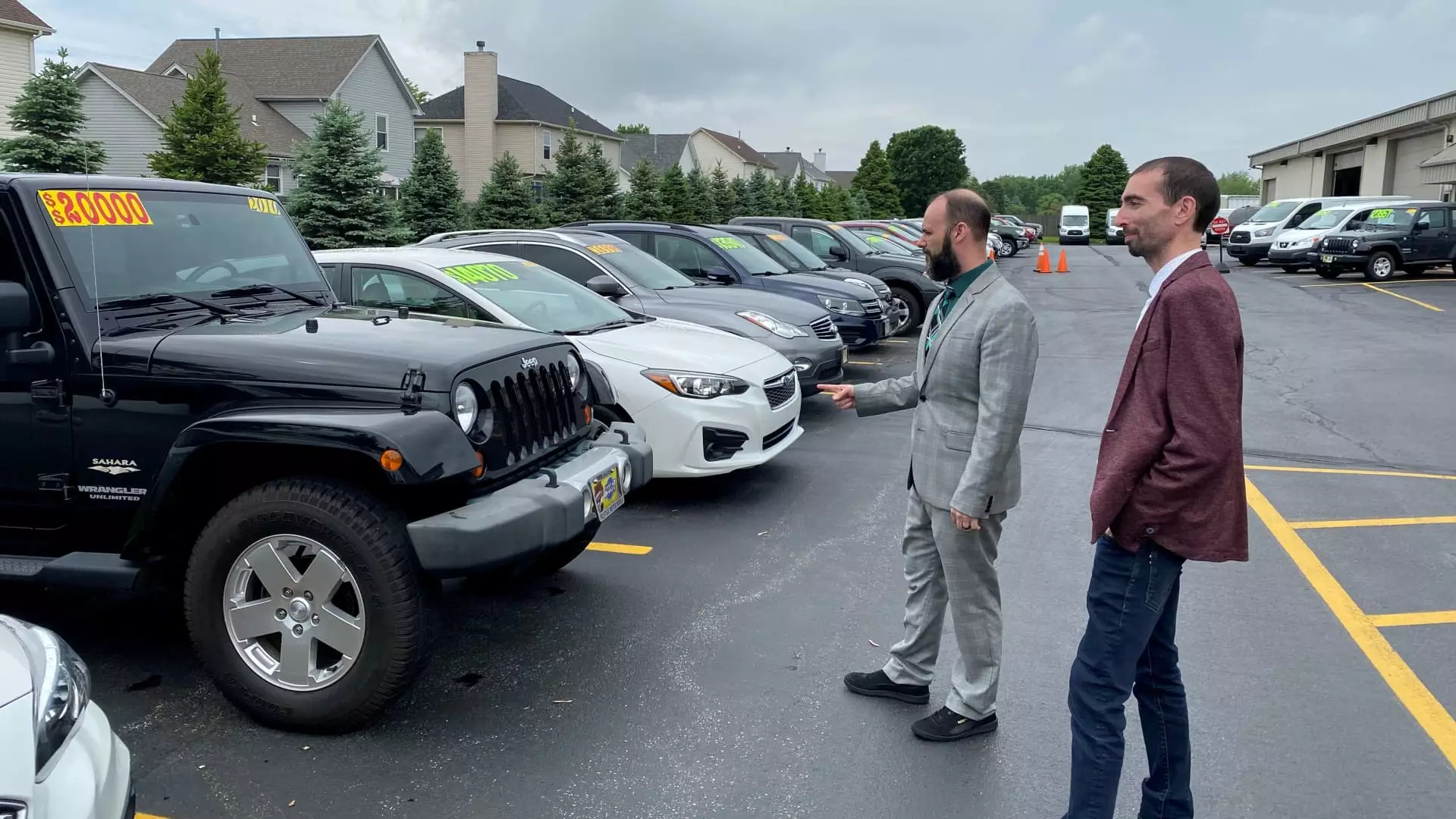As we approach 2025, U.S. auto dealers are experiencing a resurgence of optimism, a sentiment shaped by several influencing factors, including political dynamics and economic indicators. The aftermath of the recent presidential elections has established a backdrop that is, for many, more conducive to growth. President-elect Donald Trump’s administration is viewed with positive anticipation by many dealers, as they hope for favorable policies that could revive an industry still grappling with the effects of the COVID-19 pandemic. However, it is critical to assess whether this optimism is equitably sustainable or merely a fleeting sentiment based on political allure.
Recent reports, particularly from Cox Automotive’s “Q4 2024 Dealer Sentiment Index,” discuss the shifting expectations among car dealers. The index showed a notable increase, suggesting that more dealers are confident about their prospects for the upcoming quarter. This assertive shift from a previous low is encouraging; however, there are underlying concerns that merit careful consideration. While overall confidence is improving, a distinct area of concern looms: the future of electric vehicle (EV) sales.
Interestingly, amidst the rising general optimism, dealers’ attitudes toward electric vehicle sales present a stark contrast. The survey indicates that many dealers are wary about potential declines in EV sales, a perspective that highlights a critical dichotomy in the market’s outlook. The concerns stem from anticipated changes in national policies that might affect federal funding for EV incentives and tax credits, as well as less stringent regulations on emissions.
Cox Automotive’s Chief Economist Jonathan Smoke articulated that the perceived decrease in the outlook for EV sales is directly correlated with the potential for lost tax credits, which significantly impact both new and used EV markets. The fears surrounding this issue suggest that while traditional sales may benefit from an optimistic political environment, the burgeoning EV market may struggle without proper federal backing.
This complex landscape complicates the narrative around U.S. auto sales. Robust performance in the traditional car markets may occur simultaneously with stagnation in the electric segment. Sales projections indicating a potential decline in EV transactions raise questions about the sustainability of long-term market growth, especially as consumers become increasingly eco-conscious.
The current market index, despite an encouraging jump to 54, reveals a sobering reality: a majority of dealers still perceive the retail auto market as weak. The index is a weighted measure that reflects the sentiment of dealership types and sales volumes across the country. With an index score of 42 last year, the optimism painted by the current figure remains precariously tethered to realities that have yet to dissipate entirely.
The optimism witnessed after the recent election seems to have alleviated some of the political uncertainties that hung over the industry, fostering a sense of stability. Indicators such as potential tax rebates and the prospect of lower interest rates serve as catalysts for renewed hope among dealers. However, the past experiences of catastrophic market drops and supply chain constraints linger in the minds of many, leading to a cautious approach regarding forecasts.
Amid this uncertainty, publicly traded auto dealers have shown resilient performance in 2024. The valuation increases seen in companies like AutoNation and Lithia Motors reflect a market adjusting to new norms, with pricing for both new and used vehicles remaining high. Yet, this pivotal backdrop of high pricing must also reckon with consumer capacity and willingness to continue purchasing at elevated prices, particularly amidst fluctuating interest rates and economic variability.
As dealers move into 2025, the confluence of newly reinstated political conditions juxtaposed with stagnated EV sales forecasts creates an intricate, multifaceted landscape. While optimism is warranted given the jumps in market confidence, stakeholders must remain acutely aware of the nuances influencing market dynamics. The ability to navigate this evolving terrain will ultimately determine whether this renewed outlook translates into sustained growth or if it falters against economic and policy-related headwinds.

